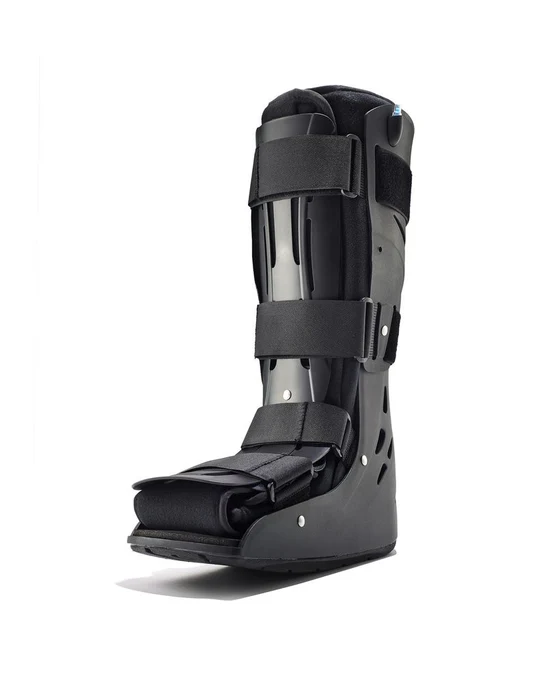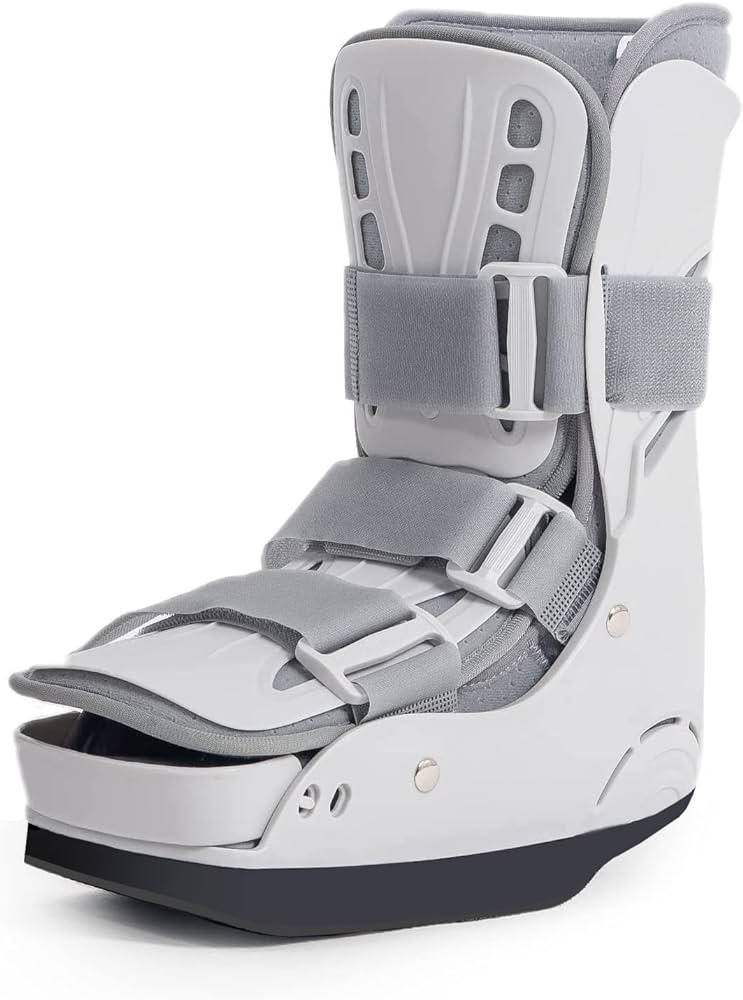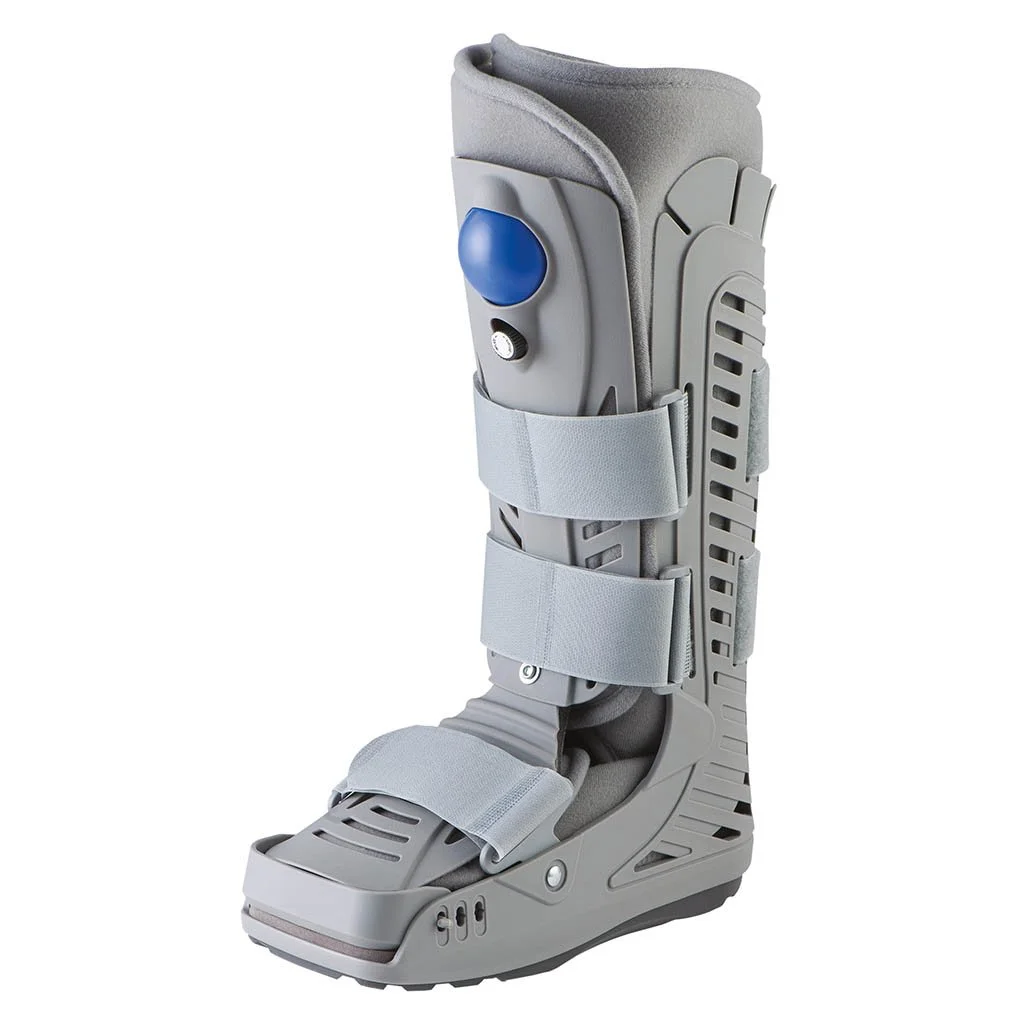outlines the recovery process for a fracture at the base of the 5th metatarsal, covering aspects such as healing time, pain management, boot usage, exercises, and returning to daily activities like driving and work. It emphasizes the importance of quitting smoking to aid healing and provides guidance on managing pain, using the protective boot, performing exercises, and gradually increasing activity levels. The summary also addresses concerns about ongoing pain, boot discomfort, driving, and returning to work, along with instructions for disposing of medical equipment. Overall, it serves as a comprehensive guide for individuals navigating recovery from this specific type of foot injury.
Recovery Process:
Healing:
The mending process for this fracture typically spans from 6 to 12 weeks. If you’re a smoker, healing might take longer. We highly recommend quitting smoking during your recovery period. Consult your GP or visit www.smokefree.nhs.uk for detailed guidance.
Pain and Swelling:
Expect foot discomfort and swelling for 3 to 6 months post-injury. Swelling tends to peak by day’s end and can fluctuate based on your level of activity. Managing pain involves medication, elevating your foot, and applying ice packs. Ensure the ice doesn’t directly touch your skin and limit usage to 15 minutes every few hours.
Walking and Boot Usage:
The boot provides vital protection and enhances comfort. Wear it while standing and walking, but feel free to remove it during rest or sleep. Diabetic patients should notify us; they might require a specialized boot. You’ll need to wear the boot for 3 weeks. Afterward, gradually reduce its use at home and aim to walk without it by the 6-week mark. Putting weight on your foot is permitted; crutches may have been provided but aren’t mandatory.
Follow-Up:
Your injury has been treated by A+E, and your X-rays have been forwarded to the Virtual Fracture Clinic for review. We’ll reach out if there’s a need to adjust your treatment plan. For concerns or queries about your care, contact the Virtual Fracture Clinic team.
Your diagnosis:
Fracture at the Base of the 5th Metatarsal
This involves a break in the outer bone of your foot.
Early mobilization of the ankle and foot is crucial for enhancing circulation and reducing the risk of Deep Vein Thrombosis (blood clotting). For more details on preventing blood clots, refer to the leaflet or our website (see QR code below).
Perform these exercises 3-4 times daily, starting immediately without pushing into pain:
- Flex your foot up and down, repeating 10 times.
- With heels together, gently spread toes apart to rotate the foot outward, repeating 10 times.
- Rotate your foot in gentle circles, alternating directions, repeating 10 times.
Continue these exercises until you’ve fully regained foot mobility.
Gradually increase your activity level, avoiding impact exercises like running, jumping, or dancing for 3 months.
Ongoing Pain:
If you’re experiencing persistent pain, consult your GP for early-stage relief options. Pain should diminish gradually; however, if it persists at 6 weeks post-injury, reach out to discuss further. At 12 weeks, if pain persists despite manageability, contact us.
Boot Discomfort:
The boot’s thicker sole might cause unevenness. Wear supportive shoes or trainers on the uninjured foot to alleviate stress on other joints. If transitioning out of the boot proves difficult, contact us for assistance.
Driving and Return to Work:
Resume driving once you’re no longer reliant on the boot, can walk comfortably, and execute emergency stops without pain. Always test your driving ability in a safe environment beforehand.
For desk-based jobs, return to work when you feel ready, while adhering to your care plan. If your job is physically demanding, consult your GP for a fitness for work statement until you’re fully capable of resuming regular duties.
Boot and Crutches Disposal:
Boots cannot be reused and should not be returned to the hospital. Crutches can be returned to the Fracture Clinic or A&E.



